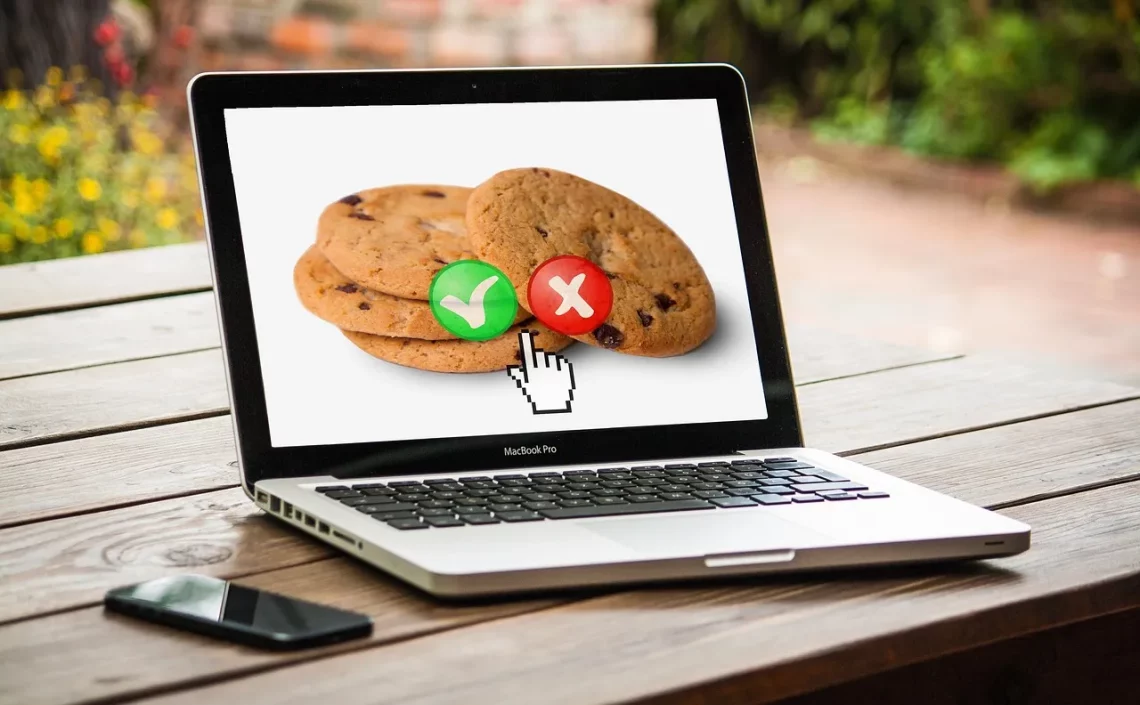
The Risks and Etiquette of Sharing Sext Screenshots
In today’s digital age, the boundaries of privacy are constantly being tested, particularly in the realm of intimate communication. Sexting, or the act of sending sexually explicit messages or images, has become a commonplace practice among many individuals and couples. While it can serve as a means of enhancing intimacy and connection between partners, it also carries inherent risks, especially when it comes to sharing screenshots of these exchanges. The allure of sharing such content may stem from a desire to validate experiences, share with friends, or even seek advice. However, the consequences of sharing sext screenshots can be severe and long-lasting, affecting not only the individuals involved but also their relationships and reputations.
Understanding the potential ramifications of sharing sext screenshots is crucial in navigating this modern landscape of digital intimacy. The implications extend beyond mere embarrassment; they can lead to breaches of trust, legal issues, and emotional distress. Moreover, the etiquette surrounding the sharing of such intimate content is often overlooked, leading to misunderstandings and conflict. In this article, we will explore the various risks associated with sharing sext screenshots and the appropriate etiquette to consider when engaging in such practices.
The Legal Risks of Sharing Intimate Content
One of the most pressing concerns regarding sexting and the sharing of sext screenshots is the legal ramifications that can arise. In many jurisdictions, sharing intimate images without consent can lead to serious legal consequences. This is particularly relevant in cases where the individuals involved are minors, as laws surrounding child pornography can lead to severe punishments for both the sender and the sharer.
Even among consenting adults, the act of sharing sext screenshots can lead to accusations of harassment or defamation, especially if the images are shared with malicious intent. The implications of this can be far-reaching, affecting one’s personal and professional life. For instance, individuals may find themselves facing job loss or damage to their reputation if such images circulate without their consent.
Moreover, there’s the risk of cyberbullying. Once an image is shared, it can easily be spread across social media platforms and messaging apps, leading to situations where the original sender loses control over their private content. This can result in emotional distress for the individuals involved, particularly if the content is used to humiliate or embarrass them.
In light of these legal risks, it is imperative for individuals to consider the potential consequences before sharing any intimate content. Consent should always be prioritized, not only from the original sender but also from anyone else who may be depicted in the screenshots. The importance of understanding the legalities surrounding digital intimacy cannot be overstated, as ignorance can lead to life-altering outcomes.
Emotional and Psychological Implications
The emotional and psychological risks of sharing sext screenshots should not be underestimated. The act of sexting often involves a level of vulnerability and trust between partners. When screenshots are shared without consent, that trust can be irrevocably broken, leading to feelings of betrayal, anxiety, and shame.
For the person whose intimate content has been shared, the emotional fallout can be significant. They may experience feelings of embarrassment, humiliation, and a loss of control over their own narrative. This can lead to long-term psychological effects, including anxiety and depression. The fear of judgment from peers and the community can further exacerbate these feelings, creating a cycle of shame and isolation.
Additionally, the sharing of sext screenshots can impact relationships, not only between the individuals involved but also with friends and family. Trust issues may arise, leading to conflicts and potential breakups. Even in friendships, the act of sharing such intimate content can create divisions and alter dynamics, as individuals may feel uncomfortable or betrayed by the breach of privacy.
It’s essential to recognize that the implications of sharing sext screenshots extend beyond the immediate moment. The emotional repercussions can linger long after the initial act, impacting mental health and interpersonal relationships. Individuals should weigh these risks seriously and consider whether the temporary satisfaction of sharing such content is worth the potential emotional toll.
Understanding Consent and Boundaries
At the heart of the conversation about sharing sext screenshots lies the critical concept of consent. Consent is not only about getting permission before sending intimate content; it’s also about understanding the boundaries of sharing that content with others. Communication is key in ensuring that all parties involved are comfortable with the nature of their exchanges.
When engaging in sexting, it is crucial to establish clear boundaries regarding what can and cannot be shared. Partners should have open discussions about their comfort levels, and these boundaries should be respected at all times. Consent is an ongoing process; just because someone consented to share intimate content in one instance does not mean they are comfortable with it being shared again or with others.
Moreover, consent should be sought explicitly before sharing any screenshots with third parties. This includes friends, social media platforms, or any other public space. Failing to do so can lead to a significant breach of trust and may even result in legal consequences, as mentioned earlier.
It’s important to remember that consent can be revoked at any time. If someone feels uncomfortable after a screenshot has been shared, their feelings should be taken seriously, and steps should be taken to rectify the situation. The conversation around consent should be ongoing, with regular check-ins to ensure that both parties feel safe and respected in their exchanges.
Ultimately, fostering a culture of consent and respect can help mitigate many of the risks associated with sharing sext screenshots. It empowers individuals to engage in intimate communication without fear of violation or betrayal, creating a safer space for exploration and expression.
Best Practices for Sharing Intimate Content Responsibly
To navigate the complex landscape of sexting and sharing screenshots responsibly, individuals should adopt best practices that prioritize safety and respect. Firstly, always seek explicit consent before sharing any intimate content, regardless of the context. This helps to establish trust and ensures that all parties are on the same page.
Secondly, consider the potential consequences of sharing such content. Ask yourself whether sharing a screenshot is worth the risk of damaging relationships or reputations. If there is any doubt about how the recipient may react, it’s best to err on the side of caution and refrain from sharing.
Additionally, use secure platforms for sexting and sharing intimate content. Opt for messaging apps that offer end-to-end encryption, which can provide an additional layer of security against unauthorized access. Be aware of the privacy settings of the platforms you use and adjust them to enhance your security.
Lastly, maintain open lines of communication with your partner. Regularly discuss boundaries, comfort levels, and any concerns that may arise. This dialogue fosters a healthy relationship and can help prevent misunderstandings related to sharing intimate content.
In conclusion, while sexting and sharing screenshots can enhance intimacy, they also come with significant risks. By understanding these risks and adhering to respectful practices, individuals can engage in intimate communication in a way that prioritizes consent and emotional well-being.
**Disclaimer**: This article is for informational purposes only and does not constitute medical advice. For any health-related concerns, it is important to consult a qualified healthcare professional.




